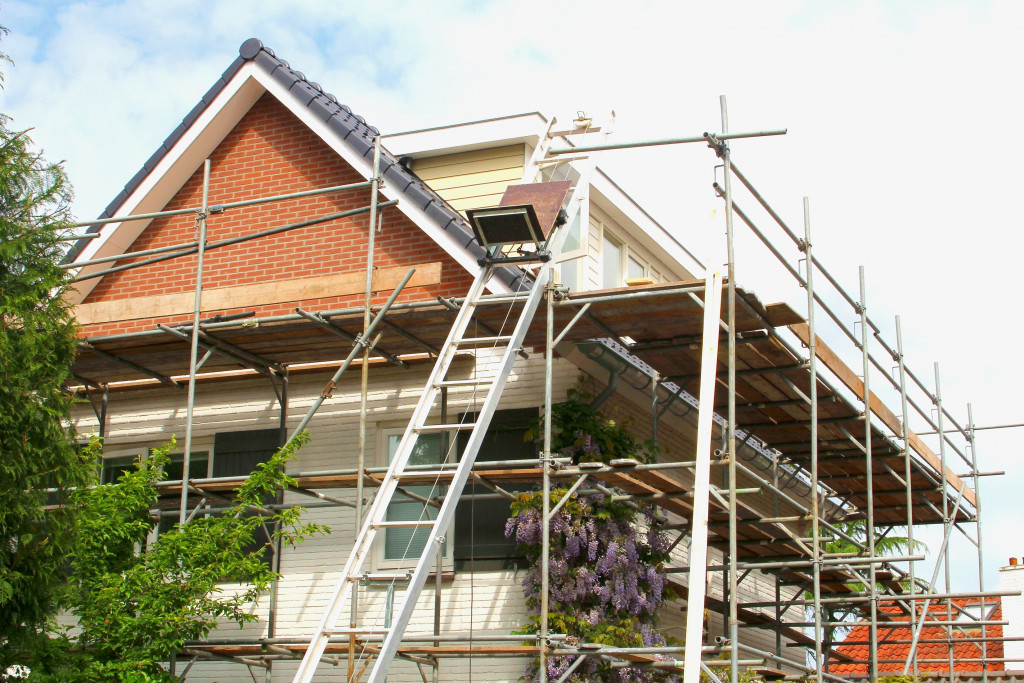The COVID-19 pandemic has made people rethink the look and layout of their homes. They spent months indoors, treating their homes as a multi-function space for working, playing, dining, and relaxing. These changing needs affect their mindsets, even as the world gradually recovers from the pandemic.
If you feel the same, you may think of renovating your home to maximize spaces and create more functional areas. That way, you’ll be more comfortable staying indoors should the world go on lockdown again. But with or without a pandemic, taking on a house renovation project isn’t easy. One mistake can blow your money. Instead of boosting your property value, you might find yourself struggling financially.
One way to ensure your project stays within the budget is to learn about the common floor plan mistakes. You might be tempted to convert a room to anything. But in reality, you need to consider a lot of factors—from furniture pieces to existing plumbing systems. So, for starters, look at these layout mistakes to avoid.
Neglecting window placement
Architects and custom home builders know where exactly to place the windows in a new room. So, if you’re taking the DIY route to build an extra room or convert your garage into your home gym, you might commit mistakes in window placement. If it’s a bedroom project, what you see when your look out of the window greatly matters. Plus, you should also consider natural light. Typically, south-facing windows let in the most natural light throughout the day. If you don’t follow this rule of thumb, you might have to install more light fixtures in a room. That means higher energy costs, which can affect your property value.
Treating furniture as an afterthought
Once the renovation is done, you’ll have new rooms and furnishing to enjoy. But an awkward furniture arrangement can undermine these new additions easily. That can happen if you treat your furniture as an afterthought. To avoid this mistake, be sure to create a layout drawing with scaled furniture pieces.
Renovating a home office? Don’t forget about the office desk, chair, drawers, and cabinets. Even artwork and other huge decors should be planned during the design layout. That way, you can guide yourself or a team not to sabotage the additional spaces with oversized or misplaced furniture pieces.

Failing to enough create storage
It’s a common mistake to forget about storage when doing a layout redesign. Contractors might suggest typical storage solutions, such as kitchen cupboards or walk-in closets in the bedroom. But they might not know the extent of your storage needs. Make sure to talk to your designer or contractor about your storage needs.
Do you want to work out more at home and advance to weight training eventually? Tell that to your team so that they can create storage for your kettlebells and dumbbells. Do you paint as a hobby? Don’t forget to make room for your painting materials and other tools. You don’t want them to be lying around a newly renovated area. Dedicate storage spaces to avoid clutter and make the room more functional.
Failing to consider existing infrastructure
Plumbing systems, drainage pipes, and other existing infrastructures in your home are hidden. It’s easy to forget about them, especially when you’re excited to flip a room. But it pays to be mindful of them.
Say you want to reposition your bathroom. It may seem easy to dismantle drywalls and move things around. But moving your bathroom away from the existing drainpipes can be costly. Bringing down structural walls, especially in condo or apartment units, can also be problematic. When planning, think about these existing structures to avoid wasting time and money on unnecessary changes during construction. It’s better to work with experts as early as the planning stage to avoid this mistake.
Choosing to plan as you go
Planning as you go can be the most expensive mistake you can make. Keep in mind that a stylish, functional room layout requires thorough planning. Each space is unique. Your sudden decisions might be practical, but they might not work on that particular space you want to renovate. Before hiring a designer or contractor, make sure you have already decided on what you want to have for this project.
Whether you pick the DIY route or hire a team of designers and contractors, get your project off to a great start by steering away from these mistakes. Pretty soon, you’ll have a house that suits your newfound lifestyle in the new normal—ready to stay indoors comfortably whatever happens in the outside world.

